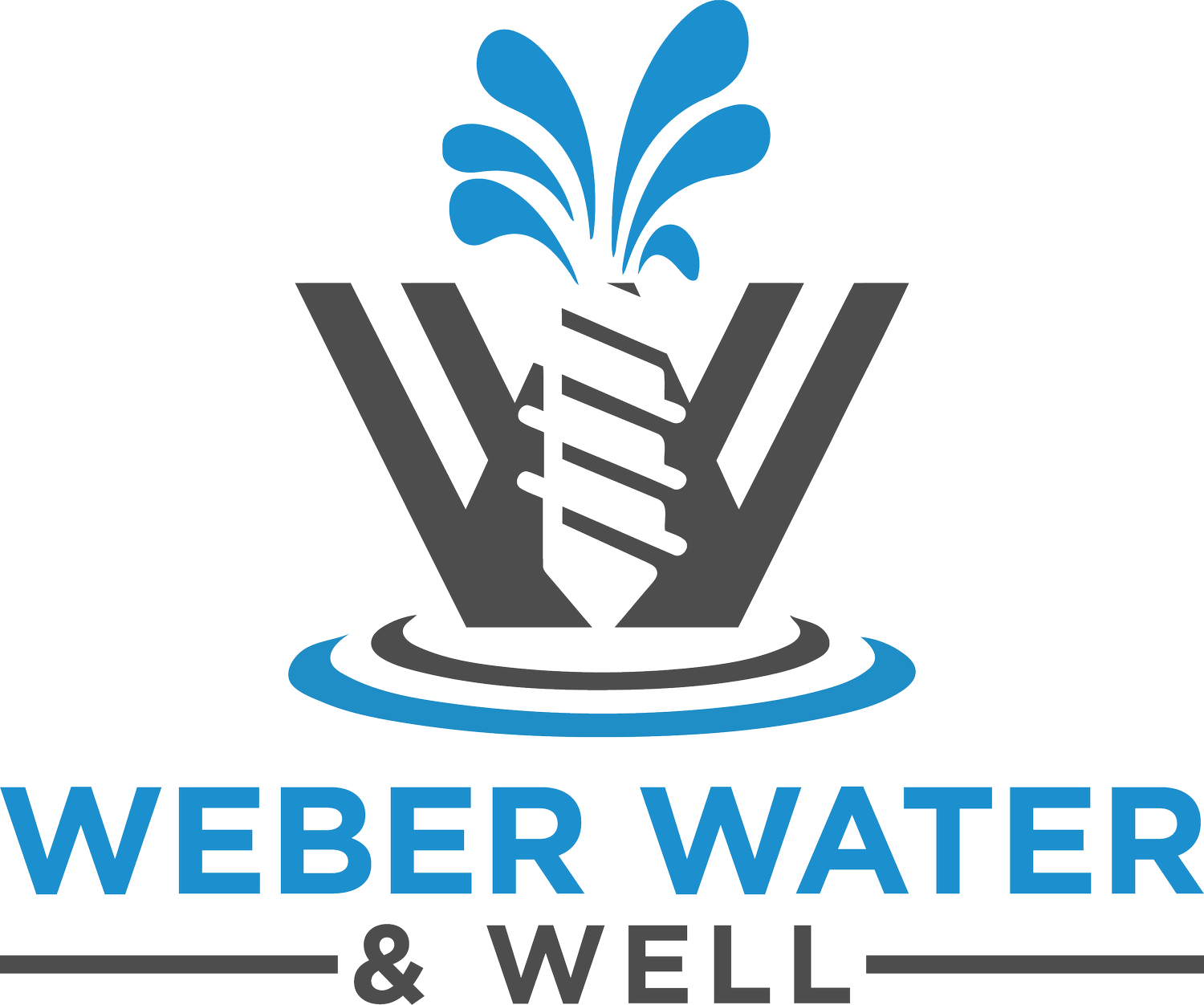How Does Well Rehabilitation Impact System Efficiency?
Understanding the impact of well rehabilitation on system efficiency can offer vital insights for better resource management. This blog will walk you through the process and benefits of well rehabilitation, empowering you to make informed decisions.
Understanding Well Rehabilitation
Well rehabilitation refers to the process of restoring a well's original performance, which can decline over time due to sediment buildup, biofouling, and other factors. Understanding this concept is crucial in identifying the benefits that follow.
This process often includes cleaning, repairing, and enhancing the components of the well. By carefully addressing these issues, well rehabilitation can significantly boost the operational capacity of a well. This is especially important as a well that is not functioning at its best can lead to various long-term problems.
Furthermore, the need for well rehabilitation often arises when users notice diminished water yields or unexpected drops in flow rates. The good news is that most well issues can be effectively addressed through strategic rehabilitation efforts, which ultimately leads to more reliable water access.
Overall, understanding well rehabilitation sets the stage for recognizing its essential role in maintaining both the well and the connected systems. This understanding opens up a pathway to improved management and efficiency.
Impact on Water Quality
One of the primary impacts of well rehabilitation is the improvement of water quality. Rehabilitation removes contaminants and sediment, resulting in cleaner and safer water for consumption.
The removal of sediment and biofouling not only improves taste but also eliminates harmful pathogens and chemicals that could pose health risks. By enhancing water quality, rehabilitation efforts can lead to significant public health benefits.
In addition to safety, people often notice an improvement in the clarity and odor of their water post-rehabilitation. This can enhance overall satisfaction with the water supply. Clean, good-tasting water is essential for daily activities, from cooking to bathing, making this aspect of well rehabilitation highly valuable.
Moreover, enhanced water quality can lead to better agricultural outcomes, particularly for those relying on well water for irrigation. Healthier crops can be produced with high-quality water, reinforcing the importance of regular well maintenance.
By prioritizing well rehabilitation, we take a significant step towards ensuring a safe and clean water supply, not just for individual households, but for entire communities.
Reduction in Operating Costs
Rehabilitating wells can lead to a significant reduction in operating costs. Improved pump efficiency means lower energy consumption, saving money in the long run.
When a well operates efficiently, the amount of energy required for pumping decreases. This reduction can dramatically lower electricity bills. Furthermore, less energy use translates to a lower carbon footprint, aligning with sustainability goals that many organizations aspire to achieve.
Additionally, maintenance costs drop when a well is regularly serviced and rehabilitated. Fewer breakdowns equate to fewer emergency repairs, which can be quite expensive. Prevention is often cheaper than dealing with complications down the line.
Investing in well rehabilitation is not only a proactive approach, but it can also be viewed as a financial strategy, offering long-term savings that overshadow initial rehabilitation expenses.
In conclusion, the financial advantages of well rehabilitation extend beyond energy savings to encompass overall operational efficiency, positioning it as a smart choice for water resource management.
Extending Well Lifespan
Regular rehabilitation extends the lifespan of the well, ensuring that it remains functional for many years. This preventative measure reduces the need for costly replacements.
Wells are significant investments and can be critical resources for both residential and agricultural users. Therefore, extending their operational life through rehabilitation is immensely beneficial.
The process often includes techniques such as acidizing, cleaning, or even hydro-fracturing, each of which appropriately addresses specific issues affecting the well’s performance. By dealing with potential problems early on, users can avoid the nitty-gritty of major repairs or full replacements.
Moreover, a well that is consistently maintained can serve communities and businesses effectively, thereby enhancing their reliability. This reliability fosters peace of mind among users, knowing that their water supply is secure.
Optimizing System Efficiency
Well rehabilitation directly contributes to the overall system efficiency by ensuring that water flow rates are optimal, minimizing downtime, and enhancing the performance of connected infrastructure.
By maintaining the integrity of the well, it allows for a seamless operation of pumps and distribution systems. This efficient operation not only conserves water but also ensures that pressure levels remain consistent throughout the system.
Furthermore, when the well operates efficiently, its integration with surrounding infrastructure remains smooth. This cohesion is essential for organizations relying on complex water systems that may include treatment facilities and distribution networks.
In essence, optimizing system efficiency through well rehabilitation contributes to a holistic approach. It emphasizes the interconnected nature of water resources and infrastructure, leading to a more resilient system overall.
Ultimately, well rehabilitation is key to fostering a sustainable future, not only optimizing water delivery efficiency but also supporting broader environmental and community objectives.
Final Thoughts
In summary, well rehabilitation significantly enhances system efficiency by improving water quality, reducing operational costs, and extending the life of the well. By investing in proper rehabilitation efforts, you are ensuring a sustainable water supply and optimized pumping systems.


